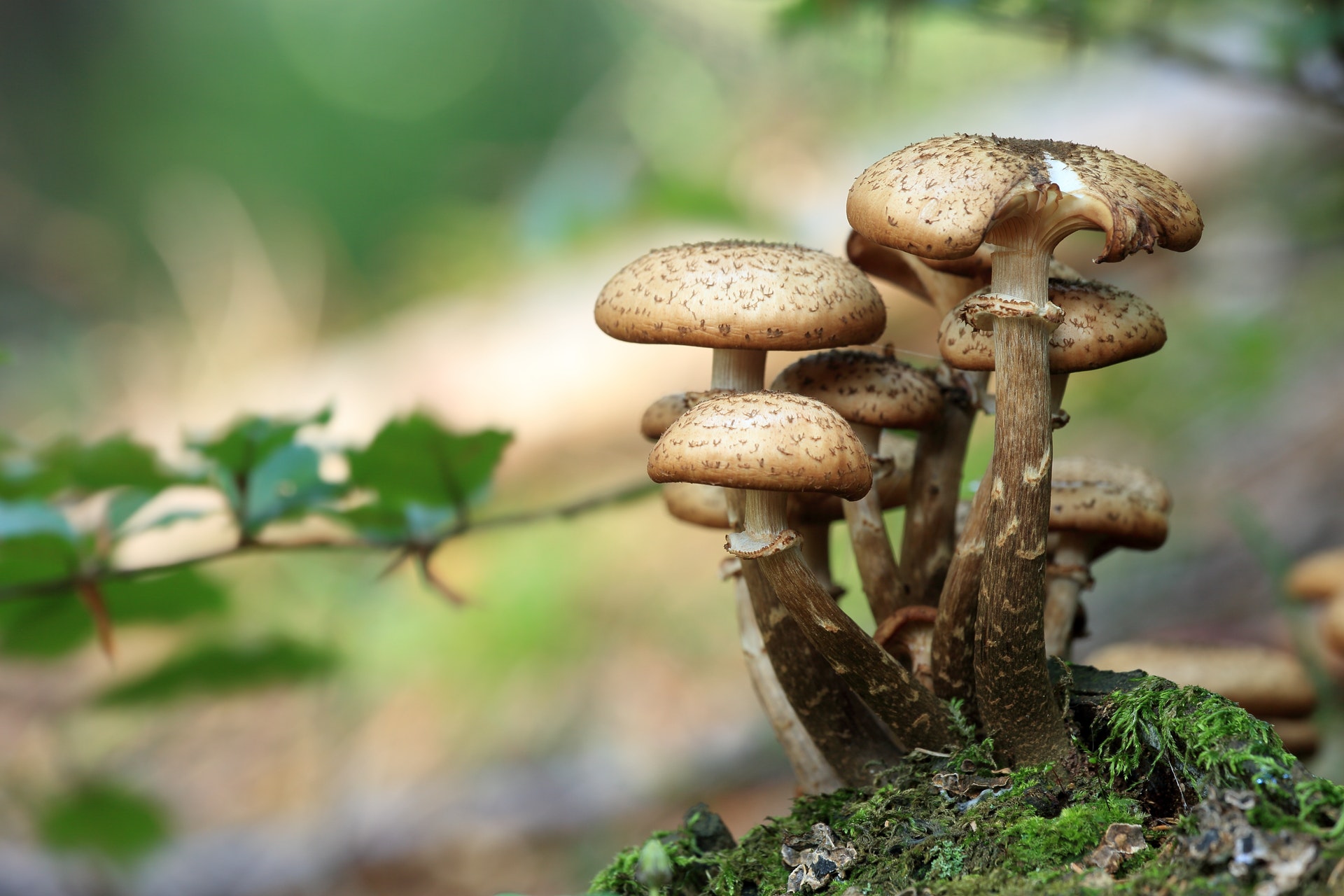Growing mushrooms is an enjoyable pastime, but it takes a lot of work and time to create your food supply. Fortunately, many mushrooms are available at any large grocery store or produce market that can be planted right into your garden beds during the warm summer months with little effort. These easy-to-grow fungi are a great treat, especially when you make some sauteed mushrooms on top of salad greens or serve them as a side dish to grilled meats or fish. This article will discuss some of the best growing tips for these mushrooms.
Tip 1: Choose the Right Varieties of Mushroom to Grow
Choosing the right type of mushroom is very important, especially since there are so many different options out there! First off, you want to choose a species that grows well in your area. More common types include shiitake (Chinese black), portobello, oyster, button, cremini, white, king, and enoki. It would help to consider which flavor (s) you prefer, such as mild flavored shiitakes, peppery oysters, or strongly flavored creminis. Depending on your experience before, you may want to try something new like edible buttons, chicken of the woods (Amanita caesarea), or turkey tail mushrooms.
Tip 2: Plant Successfully Your Mushrooms
You can plant your mushrooms directly on the ground or use special mushroom boxes. If you plan on planting your mushrooms near trees and shrubs, fill up a small hole on each side of the tree trunk, then cover the holes with soil after planting the mushrooms in the center. This technique insulates the roots and prevents root rot. There is no need to use mushroom spawn because the mushroom spores will spread quickly through the air. All you need is a shovel and some dirt. Don’t worry about making mistakes; start again if you don’t get everything exactly right the first go around.
Tip 3: Fertilize Your Mushrooms Well After They Have Grown
Fertilize your mushroom plants once they begin to show signs of growth. A simple fertilizer that contains nitrogen will do the trick nicely. Most mushroom growers recommend starting with a high nitrogen rate to encourage good nutrient uptake by the roots. Follow manufacturer directions carefully. When fertilizing, don’t just pour the powder over the entire bed. Instead, spray the tops only with the liquid nutrients and the undersides with dry. Also, never overfertilize, or your mushroom crop could become stunted and weak.
Tip 4: Water Mushrooms during Drought Months
Do mushrooms require regular water application? Surprisingly, yes. If you notice that your mushrooms aren’t producing as much as they used to, it probably has nothing to do with fungus gnats. The real culprit is likely drought conditions. In addition to being necessary for the mushroom’s health, moisture plays an essential role in establishing proper mushroom growth conditions. Even though mushrooms aren’t considered true vegetables, they still need to receive adequate water to produce optimal yields at maturity during their vegetative period. Be certain to provide your mushrooms with the recommended weekly watering schedule until the plants take hold.
Tip 5: Protect against Crop Losses
Many factors can affect the quality of your mushrooms, including temperature fluctuations, wet weather, pests, diseases, and even poor growing techniques. To reduce losses due to those problems, try using a few of the tips here:
• Use a plastic mulch sheet covering at least two inches thick between rows or beds.
• Make sure that all weeds are kept well under control before planting.
• Remove broken stems from the base of the plants as soon as possible.
• Minimize damage caused by rainwater runoff.
• Control aphids on your crops by spraying insecticidal soap on infested leaves.
Tip 6: Use Proper Tools for Mushroom Gardening
When cultivating your crops, you will need tools to work efficiently to maximize crop yield. Some garden tools include hand tools such as shovels, trowels, and rakes; wheeled implements like hoes, cultivators, roller cultivators, and mowers; and power tools like planters, tillers, tractors, and tractor lawnmowers.
Tip 7: Monitor & Maintain Your Crops
You should monitor the condition of your crops, especially if you’re growing exotic species like oyster mushrooms. Most commercial growers employ a “gourmet farming” system to ensure healthy farms. “Gourmet farmers” sample their crops regularly and pay close attention to what’s happening in other farm parts. They monitor soil chemistry, pH levels, nitrogen content, moisture levels, and pest populations, to name just a few important areas. Regular monitoring allows gourmet farmers to determine how best to manage their crops, so they don’t suffer any production losses.
Tip 8: Harvest and Process
While summer is a great season for harvesting fresh produce, it is equally important to remember how harvest affects mushroom yields. Generally speaking, summer is the peak year for most white button mushrooms grown commercially. However, when harvesting mushrooms, you must be sure not to injure the mushrooms themselves. The first thing to do is cut off the stems. Then pull the caps off the stalks. After washing the heads under running water, gently remove the dry cap flesh and place it in a sterile container. Once cooled, you may process (prepare) your mushrooms for canning, freezing, drying, or cooking.




